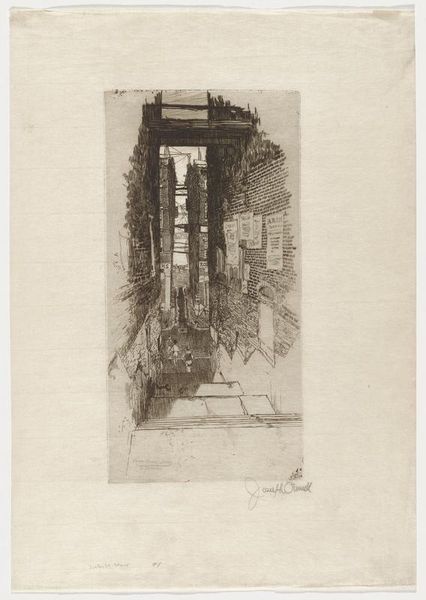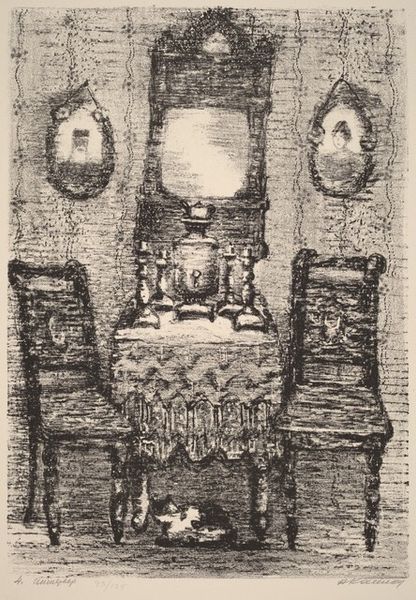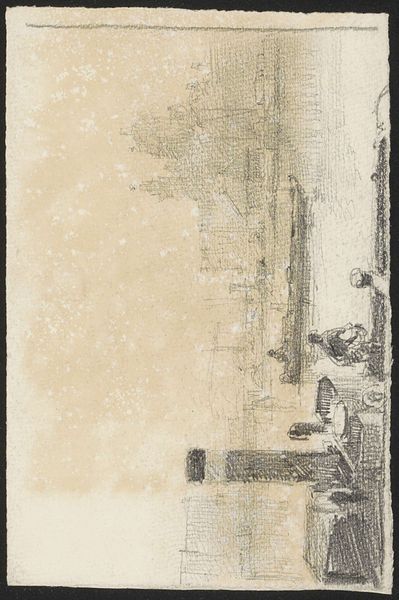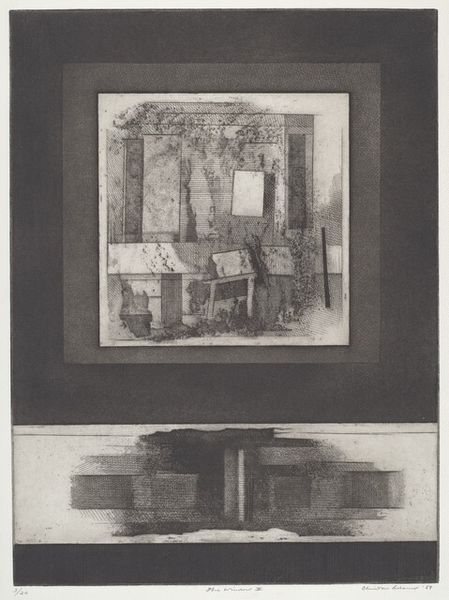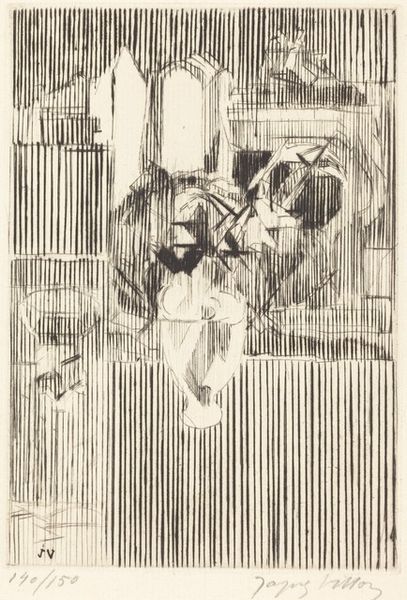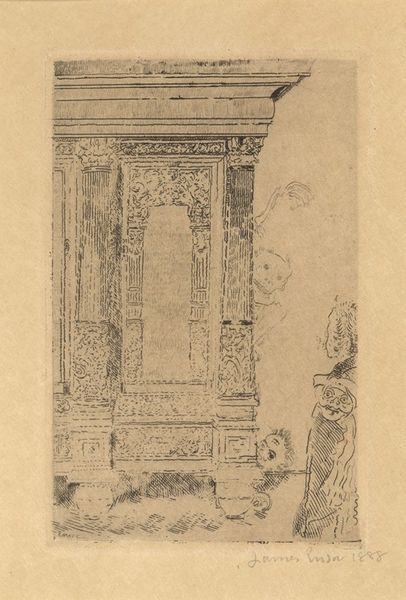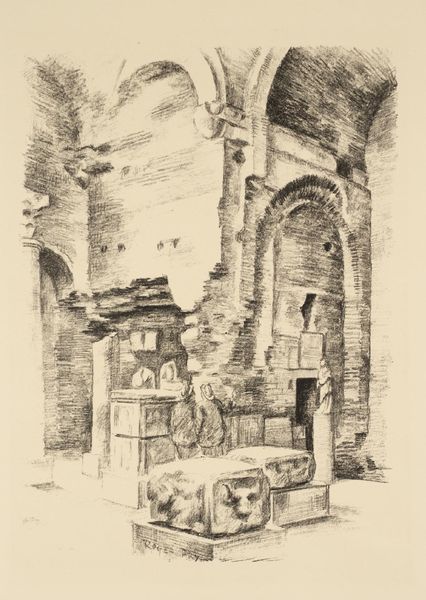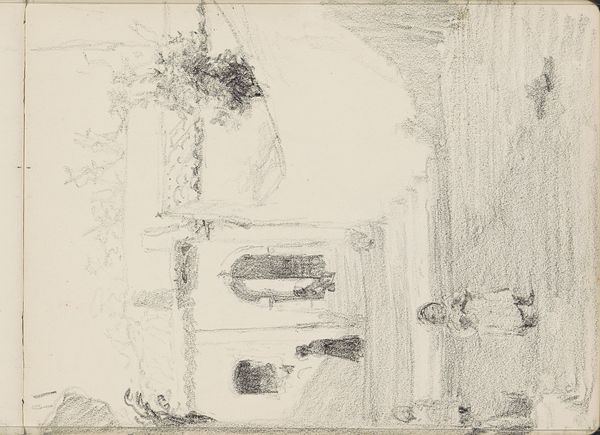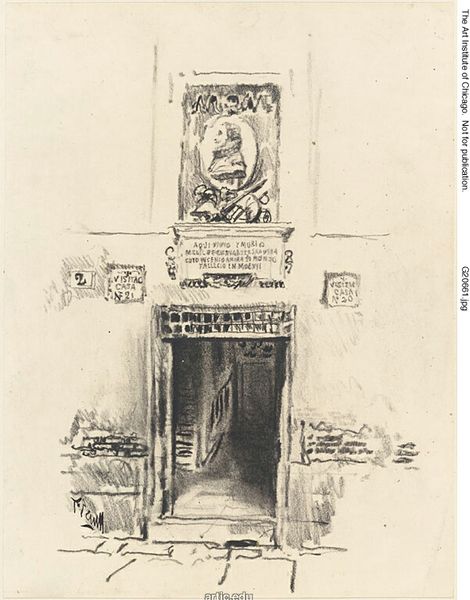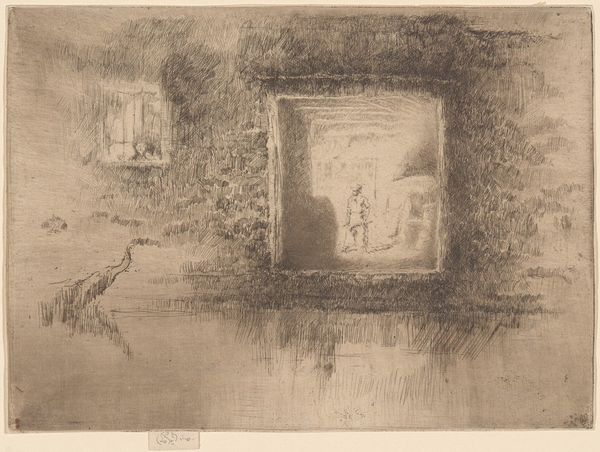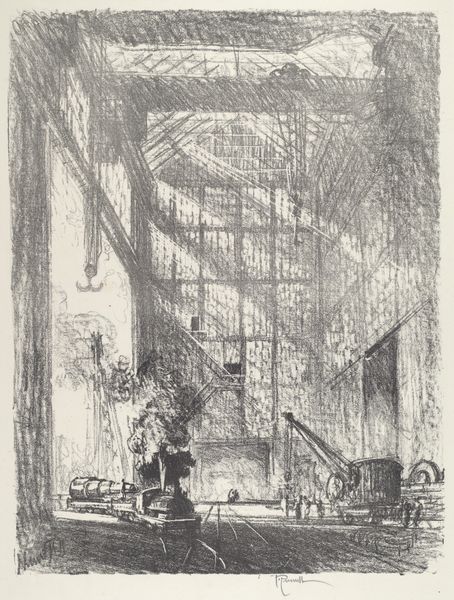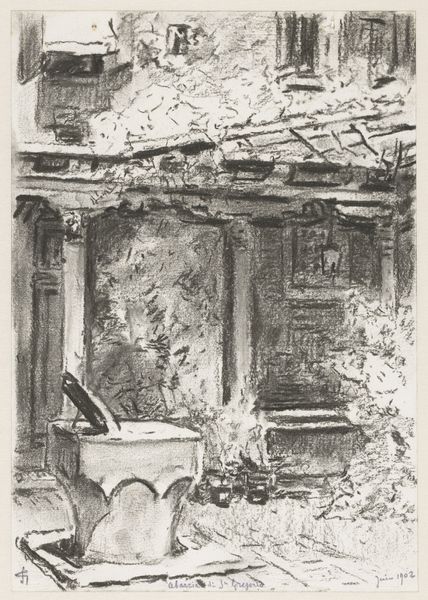
etching
#
etching
#
etching
#
figuration
#
cityscape
#
realism
Dimensions: plate: 32.7 × 22.4 cm (12 7/8 × 8 13/16 in.) sheet: 44.2 × 33.4 cm (17 3/8 × 13 1/8 in.)
Copyright: National Gallery of Art: CC0 1.0
Editor: This is Isabel Bishop’s "Subway Station Under Union Square" from 1956, an etching that has this incredible sense of depth and bustle, but it's also… slightly ghostly? It feels very urban and detached. What do you see in this piece? Curator: Well, for me, this etching really captures the essence of modern alienation, right? Look at the way Bishop renders these figures, anonymous, almost translucent. In the mid-20th century, the subway was a vital, democratic space, supposedly connecting people, yet often a site of isolation. Do you notice how the architecture seems to cage them? Editor: I do, actually. The pillars are very prominent and blocky, creating a separation between the figures. Curator: Exactly! And thinking about Bishop, a female artist working in a predominantly male art world… the subway becomes this interesting liminal space. A public place, yet with a strong sense of internal reflection and perhaps a subtle critique of the social structures confining women’s experiences. Does it resonate with the issues we’re still grappling with today concerning public spaces and safety? Editor: It certainly does. I never considered the feminist perspective inherent in depicting such a mundane scene. Curator: Consider also, this piece emerging post-war… that atmosphere of anxiety and reconstruction influencing artistic output. What were people’s expectations? Hopes? Fears? Art doesn’t exist in a vacuum. Editor: So, looking at "Subway Station Under Union Square," we're seeing not just a place but also a commentary on gender, class, and the overall mood of the era, filtered through Bishop’s personal experience. It is truly more layered than I initially perceived! Curator: Precisely. Art is rarely just *what* you see, but *why* you see it that way and what histories shaped its making and viewing.
Comments
No comments
Be the first to comment and join the conversation on the ultimate creative platform.
